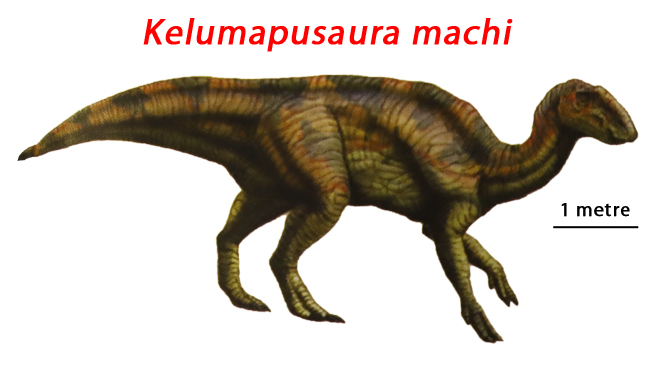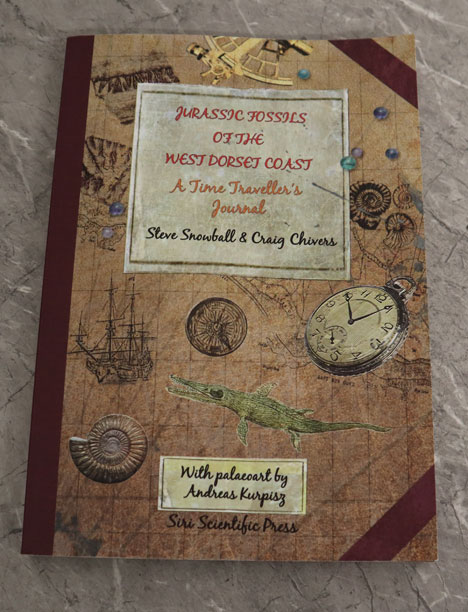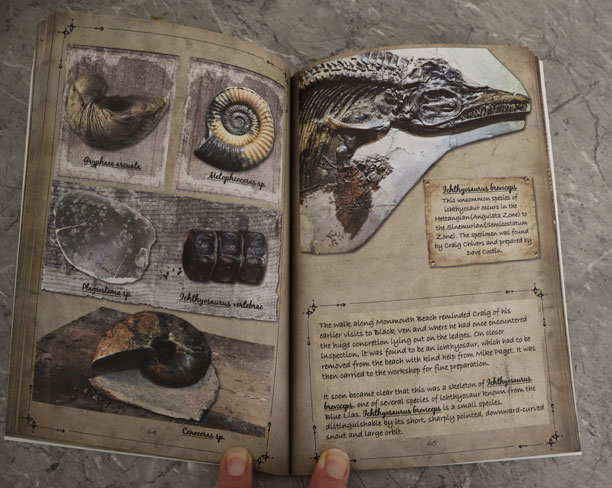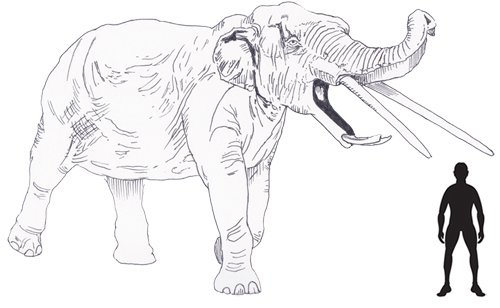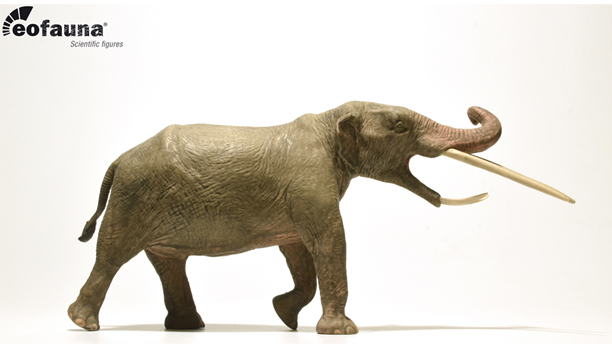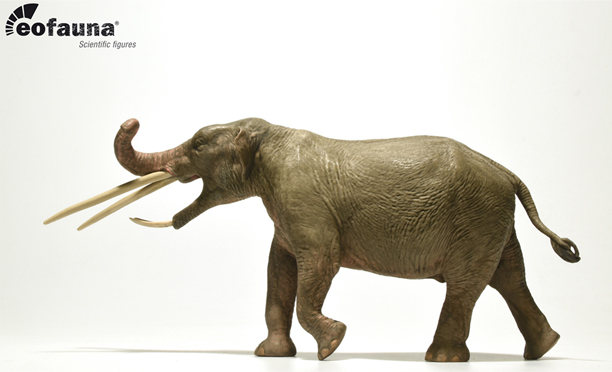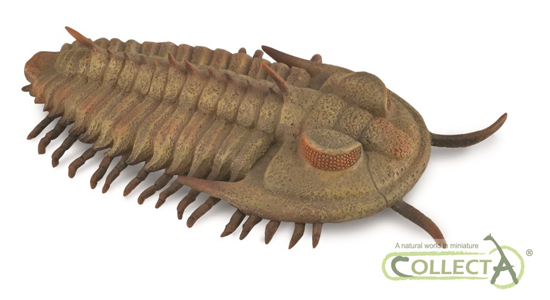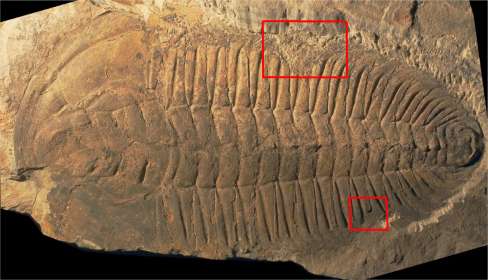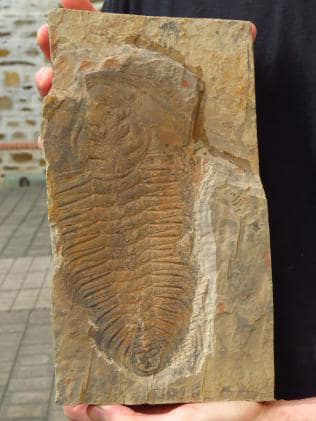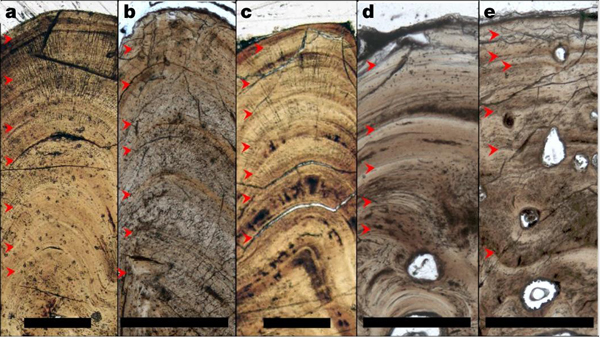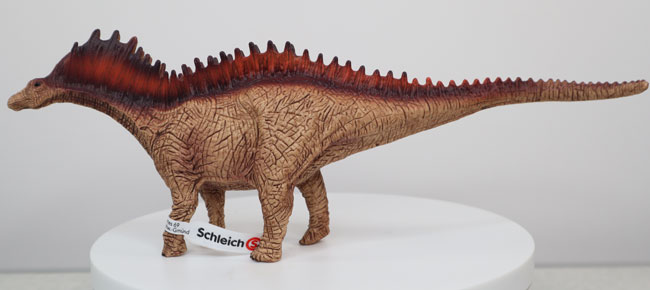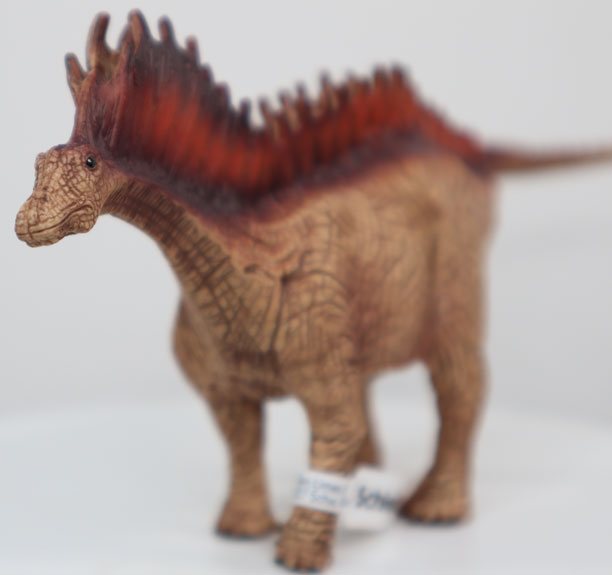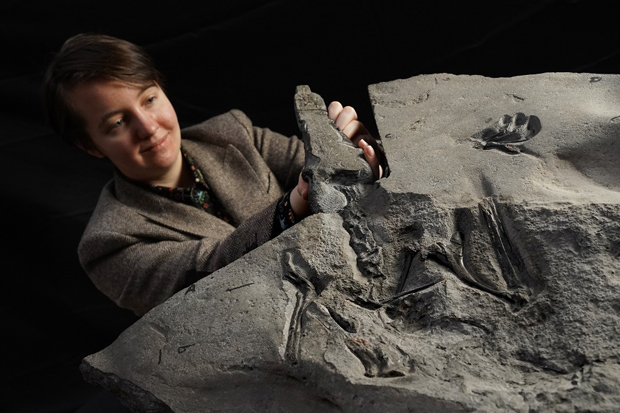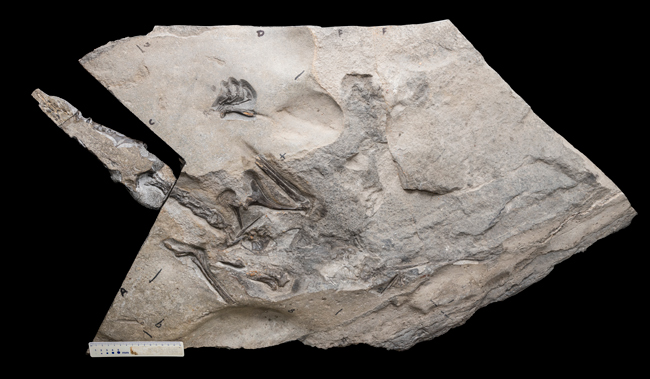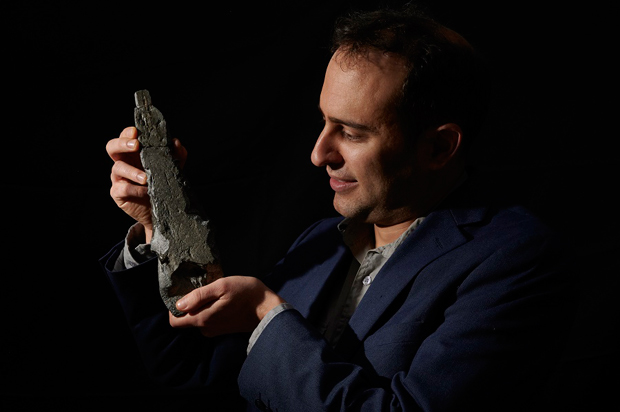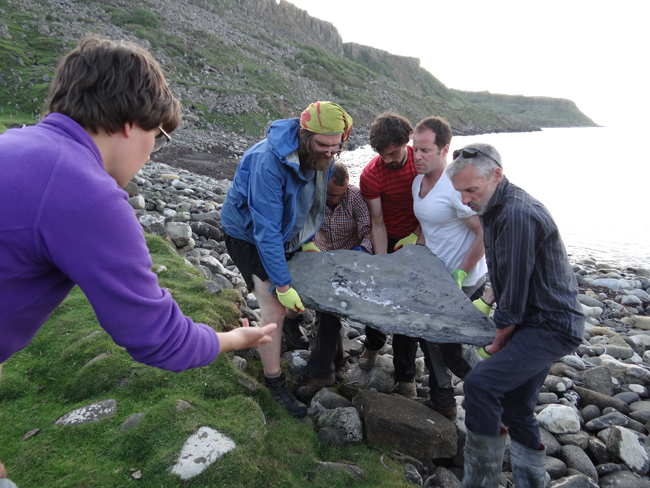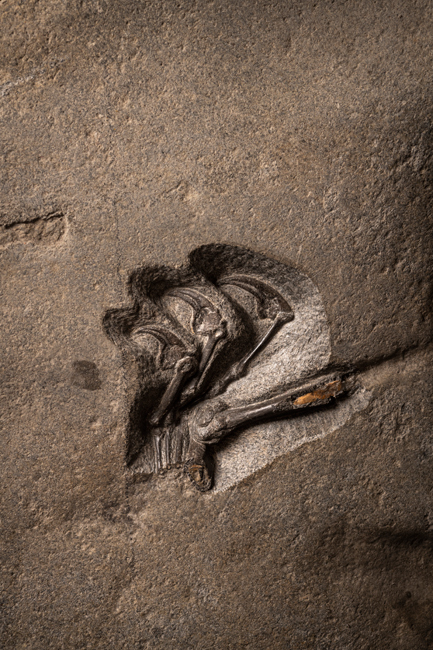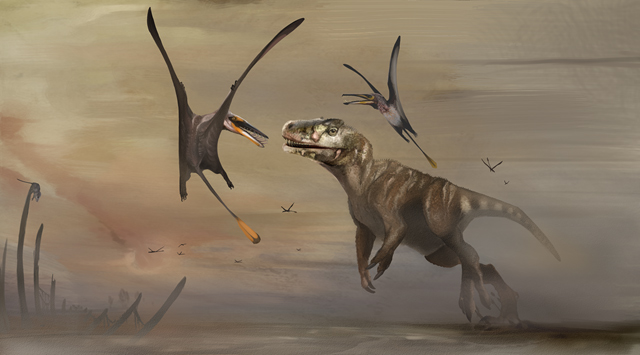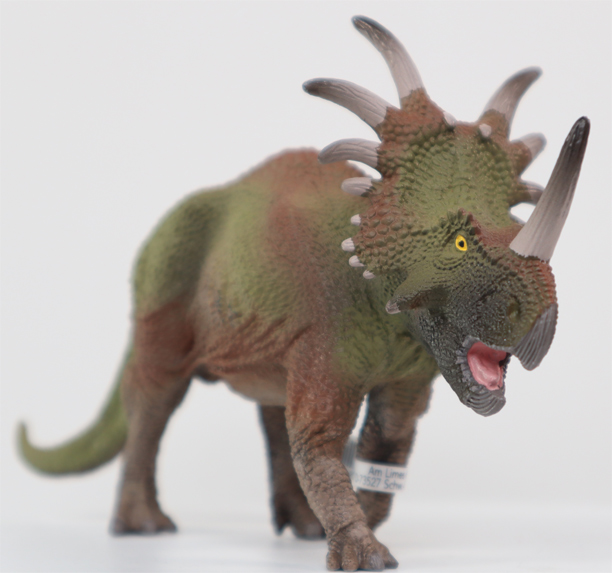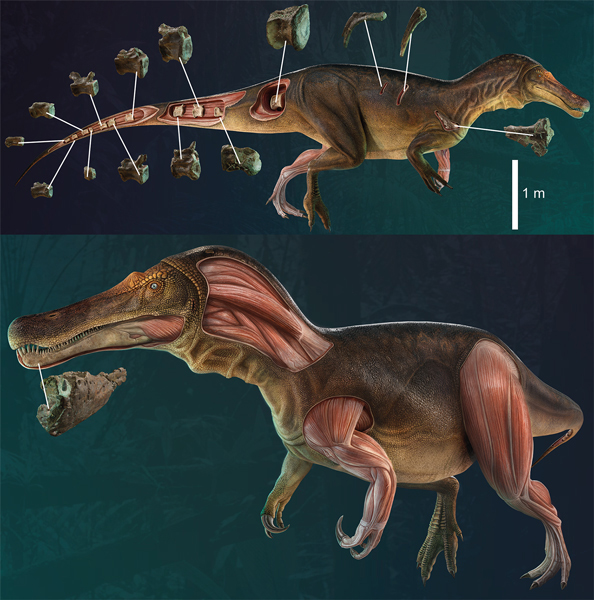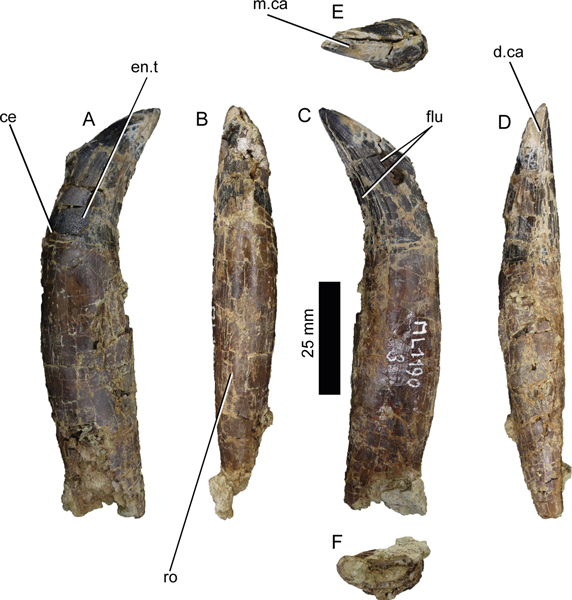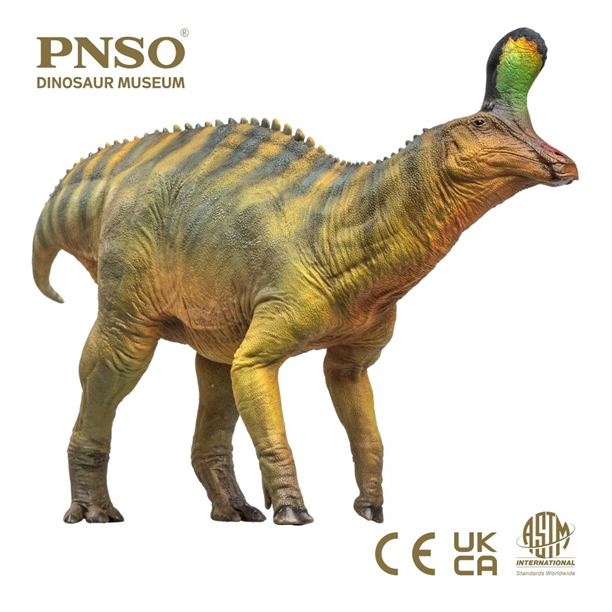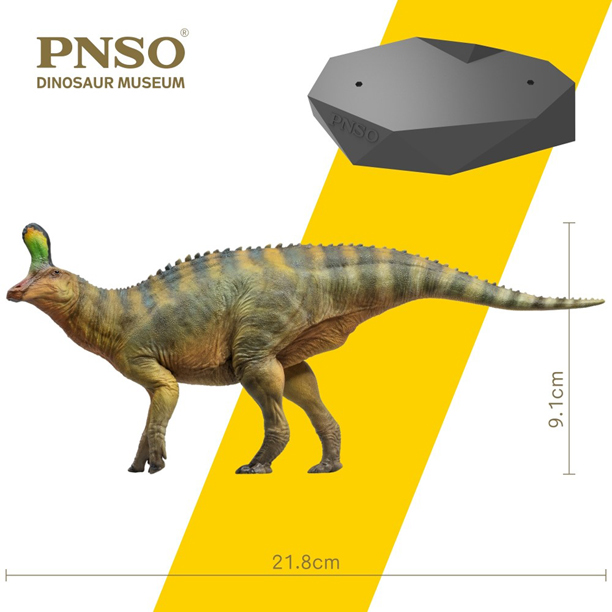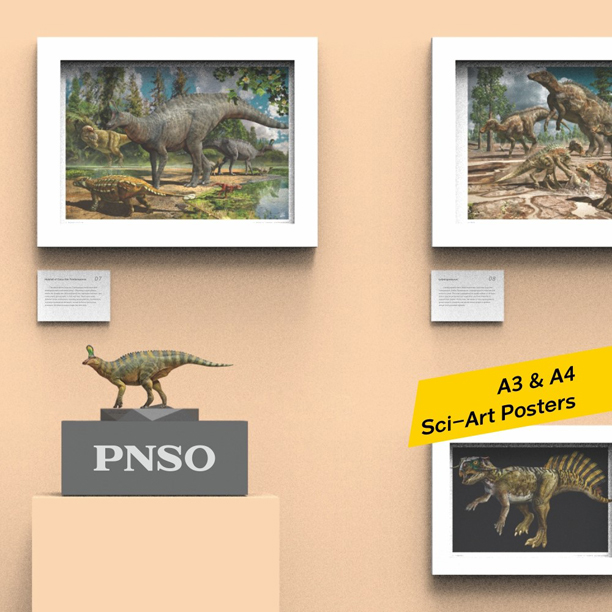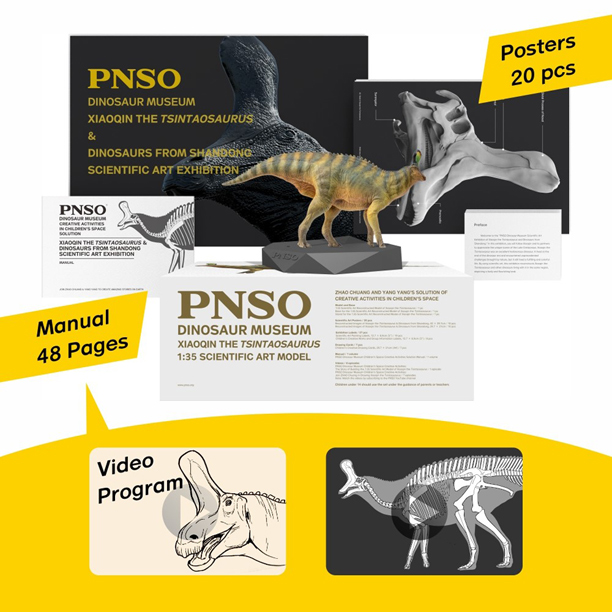Kelumapusaura: A New Hadrosaur from Patagonia
Researchers from the Museo Argentino de Ciencias Naturales ‘Bernardino Rivadavia’ in Buenos Aires (Argentina), have described a new species of duck-billed dinosaur that roamed north-western Patagonia in the Late Cretaceous. The new dinosaur has been named Kelumapusaura machi and its discovery has helped palaeontologists to validate previously described South American hadrosaurids as distinct species.
The Largest Hadrosaur in the Allen Formation Ecosystem
Numerous fossils have been reported, representing skull and postcranial material from several individuals. Comparison of the fossils suggests that bones from sub-adults as well as bones from more mature, adult animals were found. Based on the largest fossil bones, Kelumapusaura is estimated to have been up to 9 metres in length, perhaps weighing as much as 3 Tonnes.
Getting to Grips with South American Hadrosaurids
The fossil material was collected from exposures associated with the Allen Formation (Upper Cretaceous Campanian–Maastrichtian stage). The research team report that these fossils represent one of the most complete hadrosaurids found to date in South America. Importantly, many of the skull and postcranial bones associated with K. machi overlap with bones associated with other South American hadrosaurids that have been named and described from much more fragmentary remains.
Using the Kelumapusaura fossils the research team confidently assert that previously named South American hadrosaurids – Secernosaurus koerneri, Bonapartesaurus rionegrensis and “Kritosaurus” australis are all valid taxa.
“Kritosaurus” australis was named and described in 1984 by the world-renowned Argentinian palaeontologist José Fernando Bonaparte who sadly passed away in February 2020: José Bonaparte the Father of Palaeontology in Argentina (1928-2020). Thanks to the K. machi study, “Kritosaurus” australis is thought to be sufficiently different to other Kritosaurus species found in North America to warrant its own genus Huallasaurus australis.
A South American Saurolophinae Clade
A phylogenetic analysis of the hadrosaurid fossils included in this study unites Kelumapusaura, the closely related taxon Huallasaurus (H. australis), along with Bonapartesaurus and Secernosaurus into a clade that can be nested within the Kritosaurini tribe as part of the Saurolophinae subfamily of hadrosaurs. The Saurolophinae is comprised of those hadrosaurs that generally tend to lack spectacular head crests, as opposed to the other major subfamily within the Hadrosauridae – the Lambeosaurinae.
According to the researchers, the Kritosaurini tribe now consists of both North American and South American saurolophine hadrosaurs, which means that Kelumapusaura is related to more famous hadrosaurs such as Kritosaurus and Gryposaurus from the United States and Canada.

A scale drawing of the duck-billed dinosaur Gryposaurus. A scale drawing of the duck-billed dinosaur Gryposaurus. The newly described Kelumapusaura machi is related to Gryposaurus, several species of Gryposaurus have been named including the type species G. notabilis which lived as far north as Alberta (Canada).Picture credit: Everything Dinosaur.
Picture credit: Everything Dinosaur
Significantly, the clade status implies that these hadrosaurids shared a common ancestor, that all these different taxa that are widely distributed came from an ancestral population. The scientists conclude that the evolutionary development of Gondwanan hadrosaurids is not that well understood compared to the duck-billed dinosaurs from northern latitudes. They hope that more fossil discoveries from South America will help to further revise hadrosaur taxonomy.
The scientific paper: “A new hadrosaurid (Dinosauria: Ornithischia) from the Late Cretaceous of northern Patagonia and the radiation of South American hadrosaurids” by Sebastián Rozadilla, Federico Brissón-Egli, Federico Lisandro Agnolín, Alexis Mauro Aranciaga-Rolando and Fernando Emilio Novas published in the Journal of Systematic Palaeontology.
The Everything Dinosaur website: Dinosaur Toys.


